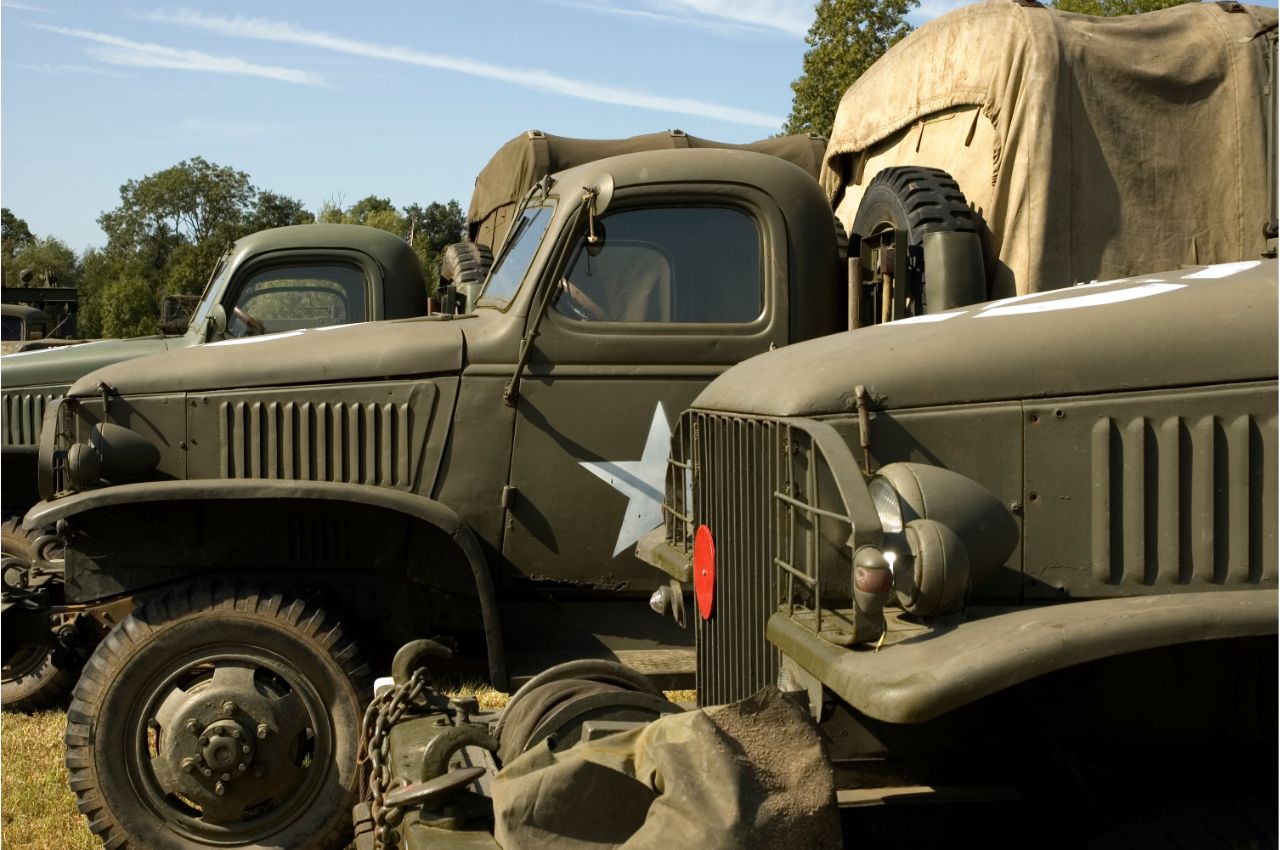
The Role of Surplus in Military and Civilian Life
In society's intricate tapestry, the lines between military and civilian life are more interconnected than most might think, particularly when it comes to surplus supplies. Military surplus involves items that are no longer needed by the military and are sold to the general public. This practice has a rich history and a significant impact on both the military and civilian sectors.
The Evolution of Military Surplus
The disposal of surplus military equipment dates back to the end of World War II. As conflicts end, governments often find themselves with massive inventories of equipment, much of which is no longer necessary for peacetime operations. The process of redistributing or selling this excess gear has evolved into what we now recognize as military surplus stores and auctions.
During World War II, home front material drives collected metal, rubber, paper, and even kitchen fats, showcasing an early form of repurposing military goods for civilian use. This supported the war effort and demonstrated the potential for military items to have a second life in the civilian world.
Civilian Use of Military Surplus
Military surplus stores have become a staple in many communities, offering various goods from clothing and accessories to camping gear and even vehicles. Contrary to some beliefs, these stores are open to the general public, not just military personnel. Military surplus items are appealing because of their durability and functionality, making them ideal for outdoor enthusiasts, collectors, and anyone looking for high-quality gear at a fraction of the cost.
Using military components in civilian products is another fascinating aspect of surplus utilization. For example, during the Cold War era, the Soviets famously used civilian truck engines for their tanks, illustrating the versatility and robustness of military-grade components.
The Impact on Society
The redistribution of military surplus has broader implications beyond individual consumers finding bargains. It's a testament to resourcefulness and sustainability, reducing waste by giving new life to items that would otherwise be discarded. Moreover, it fosters a unique connection between the military and civilian sectors, bridging gaps and building understanding through the shared use of materials.
The debate around providing police with military gear highlights the complexity of this relationship. While some argue that it enhances law enforcement capabilities, others raise concerns about militarization and its impact on community policing. This underscores the importance of thoughtful and responsible redistribution of military surplus.
Supplies You Can Trust
The journey of military surplus from the battlefield to civilian hands is a remarkable story of adaptation and reuse. It reflects a pragmatic approach to resources and highlights the potential for military and civilian lives to intersect in unexpected ways. As society continues to evolve, the role of military surplus reminds us of the enduring value of repurposing and resilience.
Military surplus is more than just old gear; it's a symbol of the interconnectedness of our world, where items designed for conflict find new purposes in peace. Whether it's through a pair of rugged boots, an efficient engine, or a sturdy backpack, the legacy of military surplus continues to impact lives, fostering a unique blend of utility, history, and culture.
Whatever item you’re looking for, chances are we have it! Visit our website to view our entire catalog, and contact us with any further questions you may have.